Articles
| Name | Author | |
|---|---|---|
| CASE STUDY: Virgin Atlantic increases fuel efficiency gains with a pilot-first behavior solution | Jason Read, Manager Flight Operations Engineering & Efficiency, Virgin Atlantic | View article |
| CASE STUDY: Cathay’s Electronic Flight Folder built by pilots for pilots | Captain James Toye, Head of Line Operations, Cathay Pacific Airlines | View article |
| CASE STUDY: Southwest Airlines upgrades flight planning and flight management | Jennifer Paine, Managing Director Technology, Southwest Airlines | View article |
| CASE STUDY: SunExpress implements a new EFB and a new OS | Orhun Sezgin, EFB Specialist, SunExpress | View article |
| CASE STUDY: AI-Powered Solutions as the Key to Operational Efficiency and Sustainability at Flair Airlines | Flair Airlines | View article |
CASE STUDY: Southwest Airlines upgrades flight planning and flight management
Author: Jennifer Paine, Managing Director Technology, Southwest Airlines
Subscribe
Jennifer Paine, Managing Director within Southwest Airlines’ Technology Department shares the experience of utilizing a 5D Flight Planning and Flight Management Solution for automated cost driven route optimization
This case study is about the selection and implementation of a new flight planning solution at Southwest Airlines plus the new features and benefits that the new solution has brought with it. But let me first introduce myself. I have responsibility for the technology that supports mostly our Network Operations Center. But as readers will know, if you’re involved in an airline, what happens in the Network Operations Center impacts everything in the airline. Through this current upgrade, we have undergone a transition from our older technology, flight planning system to be revolutionized with the new Flightkeys 5d system. Before that, though, a brief introduction to Southwest Airlines (figure 1).

Figure 1
The business started in 1971 with three planes serving three cities. Fast forward to today, and we operate more than 4000 flights a day with over 800 aircraft in the fleet. There are 80,000 employees in Southwest Airlines. Operating on this scale makes it really complicated to do a major system replacement. It also makes it complicated to find vendors who can support our performance requirements and our metrics. So, it’s been great to partner with Flightkeys and to see that they can support our operation. We fly more than 500,000 passengers a day and figure 2 is an actual simulation of our flight schedule at the time of writing.
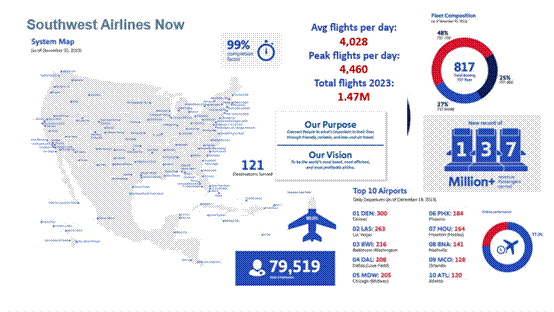
Figure 2 – Proprietary & Confidential
For readers who might not be familiar with us, we’re not a hub and spoke airline like most traditional carriers, we use a combination of hub and spoke plus point to point (figure 3 video).
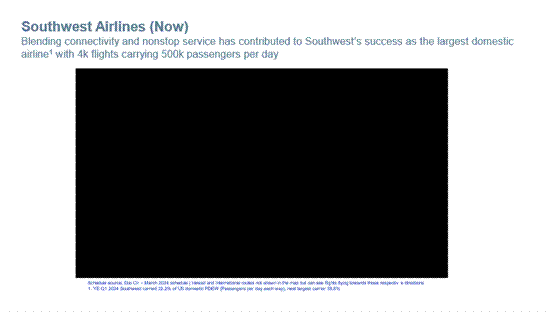
Figure 3 video – Proprietary & Confidential
It means that, if we have a disruption in the middle of our day, it’s not just going to impact those flights that are going in and out, it will also impact the flights that continue on the line. That’s incredibly important when we’re looking into technology solutions because, if our technology is down or we have disruptions, it’s going to impact the entire day. Bearing that in mind, we’re very focused on resilience and performance plus scalability.
In figure 4, readers will see our top five strategic priorities for the last several years, and you’ll notice that Flightkeys actually satisfies three of the top five and fits into those characteristics.
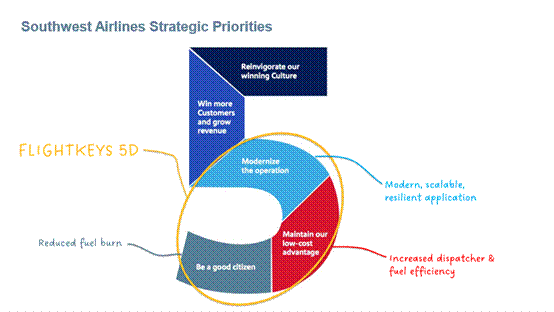
Figure 4 – Proprietary & Confidential
The aim was to modernize the operation. Like most airlines, we have applications that have been around for a while, mostly because it is difficult to replace large systems while running the airline. However, looking to the future, we want to make sure that all of our tools are on the latest and greatest technology stacks and can support the level of resilience we need. We also want to have a low-cost footprint, as I’m sure, do most readers. The actual business results of implementing Flightkeys is that we have higher levels of efficiency on our dispatch side, and we have reduced our fuel burn. And speaking of reducing fuel burn, that also helps make us a good citizen, because we are lowering our impact on the earth. So, Flightkeys really has been a big one for us when it comes to our strategic priorities.
Here is a glimpse of our Network Operations Center (figure 5) and it’s a real photograph.

Figure 5
It might look as if we’ve overlaid the initials into this image but no, this is what’s on the wall in our Network Operations Center. The reason to include this is to illustrate the scale of our operation. This room will be full of hundreds of dispatchers, crew schedulers, maintenance operation controllers and leadership, and it seems very much like NASA control center as depicted in movies, and, in truth, the level of activity that happens here is very similar to that at NASA. We have half a million people’s lives in our hands every day, so we take it very seriously. In that context, Flightkeys is considered to be the most transformational project for the lives of the dispatchers in Southwest since we started (figure 6).
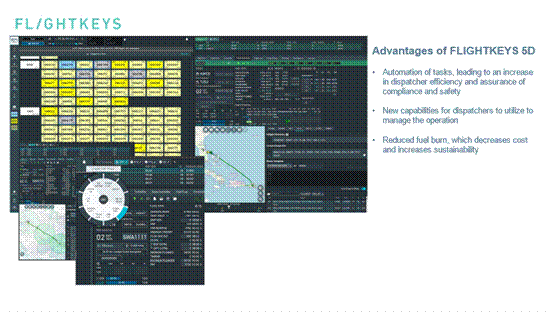
Figure 6 – Proprietary & Confidential
In short, we’re impacting a majority of the people who sit in this room in a very positive way with this project.
Figures 7.1, 7.2 and 7.3 are a few screenshots of the actual application.
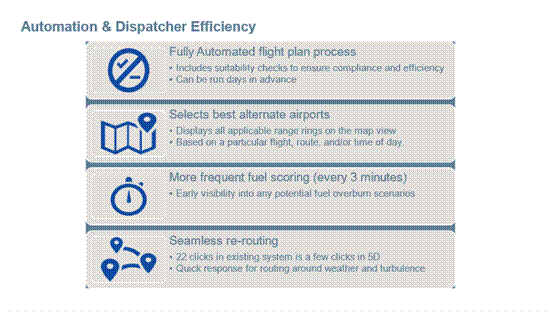
Figure 7.1 – Proprietary & Confidential
I don’t know how many readers are in the dispatch space, but dispatchers, probably like pilots, love to have a lot of information at their fingertips, and Flightkeys does just that. Users are able to see at-a-glimpse all the flights they’re monitoring. However, it’s also set up in such a way that users don’t have to see all the flights that are on their desk. They can choose to have all those little bricks popped into where only alerts pop out and get their attention. That was something that was really interesting to us, because we’re operating at scale. We have dispatchers watching 40 to 50 flights at a time, and we don’t want them staring at each puck. Instead, we want them alerted when something happens. So that’s part of the efficiency that we’ve been able to get.
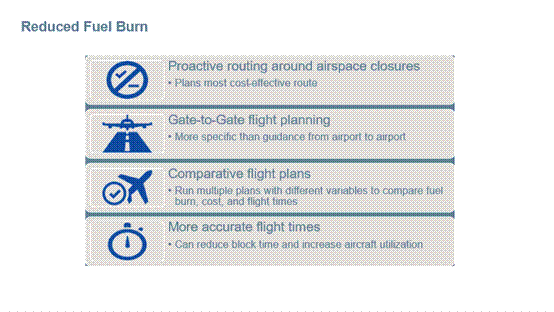
Figure 7.2 – Proprietary & Confidential
Looking at fuel burn, there are several different ways in which we’re reducing that as well. One is proactively routing around obstacles. Again, there’s these great alerts that let the dispatcher know that there’s something in their route, and they can choose to automatically let Flightkeys solve it for them. We also have Gate to Gate flight plans now, for the first time. Previously, our flight plans would say airport to airport, which meant that the pilot had to decide, when they got to the airport, what route did they take to the runway of their choice, and what route to the gate. But now, the application chooses the most efficient way to pick the best runway and the best gate, so that the pilot just has to follow the plan, and we save fuel. We also can run multiple plans with different criteria, and compare and contrast and decide which flight plan we want to choose for that particular route.
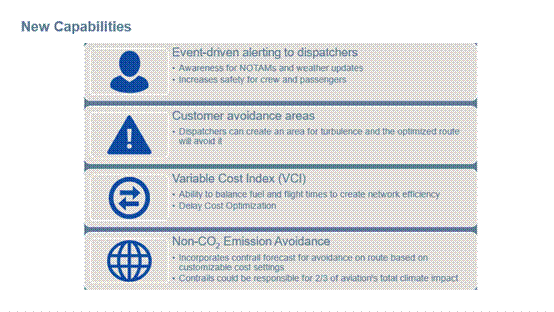
Figure 7.3 – Proprietary & Confidential
We have also received some new capabilities as part of the product, and I’ll explain them further on. As I mentioned earlier, reducing fuel burn and being more efficient as an operation is critical as well. From a dispatcher efficiency standpoint, one of the cool things about this product is that the entire flight plan creation is automated, with the safety checks, the compliance checks and suitability checks all included in that automation. Previously, while a portion of the flight plan was created automatically, the dispatchers would still have to go through these suitability checks manually. Again, this has been a huge time saver plus, of course, it supports our high levels of compliance and safety just by having the system do it as opposed to a person.
The tool also allows us to select the best alternate airports in any situation. For every flight, it looks at the particulars of the flight and determines that automatically. So again, the dispatcher doesn’t have to do that on their own. There is also very frequent fuel scoring, so you can really keep your eye on that fuel burn and make sure that we’re not over burning. And one that I love is rerouting. The tool makes it so easy for us to reroute; with our previous tool, it took 22 clicks in order to do what flight keys does naturally today in an automated fashion. It makes us more reactive to moving around weather or turbulence situations.
There are also flight times. For Southwest Airlines, flight times are key. That may seem a little unusual, but our whole operation runs on the idea that we’re going to be super-efficient in the way we use each of our aircraft. If we can fly more flights with a single plane, then we will be more productive; so, the closer we can get to having accurate estimated times and sticking with those time blocks, the better off we will be. As we run with flight keys for a while longer, we’ll be able to identify opportunities to shrink some of that block time, save time in the schedule and better utilize our aircraft overall.
As well as the big ticket features above, there are other features that have added real value to our operations. I’ve mentioned the alerting already, but any kind of NOTAM or weather updates get proactively pushed to the dispatcher, which, of course, increases safety for both our crew and our passengers. When it comes to turbulence, in particular, we can also create custom areas that we want to avoid. If the dispatcher knows that there’s something like, turbulence or other reasons which mean that there is an area they want to avoid, they can just draw a simple line around that area, and Flightkeys will automatically route around it in the most fuel-efficient way. And then there is variable cost index. This is that balance when sometimes the pilot might want to burn more fuel because the flight is running a little late and they want to regain some time; Flightkeys offers the opportunity to compare and contrast; would it be better to burn fuel for the sake of the operation, or would it be better to save costs on this flight? And last, certainly not least, we’re looking forward to reducing our impact on the planet. We aren’t using this feature yet, but there is a way to have contrail forecasts built into our plans and there’s speculation today that contrails could account for two thirds of the total climate impact for aviation. We are looking forward to integrating this into our operation.
IMPLEMENTATION AND DEPLOYMENT
The decision to select and implement a new flight planning and flight management solution was a top-down driven initiative, and it was good to get support for this. Readers might be used to an environment where commercial projects tend to get a lot of support, because the business cases look really great; but it’s harder to get support for operational projects. We had that challenge and it took us several years to get this project approved. It was eventually approved mostly on the strength of the business case around fuel burn, but we also got it approved because of risk to the operation with our existing systems. The larger we’ve grown, the more likely it is that any IT disruption becomes a very large problem. So, the fact that we weren’t on the latest and greatest technology stacks introduced risk, and that risk was something that resonated with our executive board.
There were many challenges during implementation. A project like this on anything this size can be rather like taking the engine out of the car while the car is still running down the road. Much of the challenge has been around ensuring data quality as we’ve rebuilt integrations, ensuring that we have the right resilience in place. But just the sheer scale and complexity of the environment means there are sometimes details that get missed; then, when you get to testing, you realize there are things that need to be addressed. So, a lot of time was spent on testing, especially with our dispatchers and our front line. Also, training was a really large program. The training schedule dictated our roll out and deployment schedule.
I want to briefly touch on our deployment approach. We did not start using Flightkeys for all our flights from the beginning but took a risk-based approach to deployment, starting small with ETOPS Hawaii operations and that was for a number of reasons. First, there are fewer flights on that service. Second, dispatchers on the Hawaii service are our experts, because it’s more complicated to dispatch ETOPS flights. And third, the ETOPS flight plans incorporate so much of the capabilities that we would be covering off on all the functionality of the tool. We want to feel really confident that everything worked the way we expected before deploying the solution into our higher frequency domestic network. So, we started in June 2024 with ETOPS flights; we ramped up from June through July, up to around 330 flights a day, once we added in international flights as well, and then in October, we flipped the switch to perform almost 4500 flights a day using Flightkeys. It was very valuable to have that time to really get comfortable with the system. We were able to make sure all of our dispatchers were trained, identify any kind of small defects or areas where we might want the system to function a bit differently, and we were able to incorporate that during that time so that we felt really confident when we rolled out in October to our entire operation (figure 8).
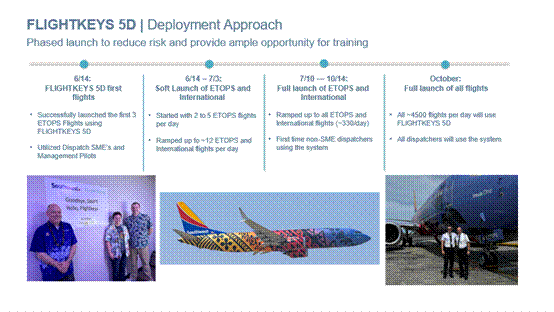
Figure 8 – Proprietary & Confidential
The pictures in figure 7 are from our very first flight using Flightkeys. It was a flight from Hawaii, so we used our signature Hawaiian plane to fly that flight, and those are our awesome dispatchers who created the flight plan and the pilots who flew the flight. It was an enjoyable milestone moment for us,
One other thing of note is that we already used the Fusion product for flight following. So, we have Fusion and Flightkeys. We don’t anticipate remove Fusion from our operation. As of now, there are capabilities in the Fusion product that we like that aren’t yet in the Flightkeys system, not that they won’t be in the future, but we do prefer having both at the moment. Keep in mind our scale; a dispatcher having to watch 40 to 50 flights at a time needs a lot of functionality to be covered for them in the flight following system.
WHAT THE EMPLOYEES ARE SAYING
Of course, the most important opinions will be those of the people who use the Flightkeys solution (figure 9). One thing that’s important to note here is we had already transitioned to audiobook as the delivery mechanism for the flight plan to the pilots.
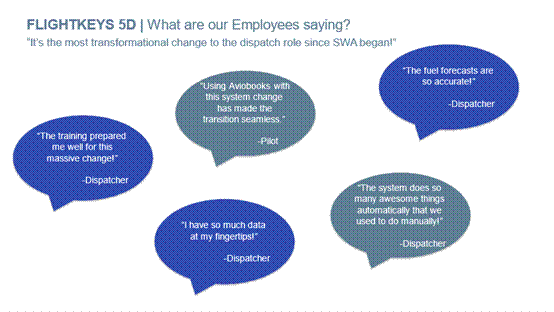
Figure 9 – Proprietary & Confidential
One of the best comments was from a pilot who said, “… we didn’t really notice much. The transition has been seamless.” In fact, there are a few things that moved around on the flight plan and a couple things that work a little differently, but generally their job stayed the same because AvioBook allowed us to transition seamlessly from our previous system to our new system, and actually helped us have two systems running in parallel at the same time and it was good to see how that worked out for us. Our dispatchers have already noticed that the fuel forecasts are really accurate. They love all the automation, of course, they love all the data at their fingertips, and then our own technology, our own training teams. The dispatchers said they felt ready for this transition. They felt like the training had equipped them.
As I mentioned earlier, and it’s the sub subtitle of figure 8, it is the most transformational change to the dispatch role since Southwest began. And it’s been a fun journey, but I couldn’t finish the article without stating that Flightkeys has been a fabulous partner for us. I know at times we can be a little overwhelming and a little high maintenance, but they have dealt with that very well, and have been incredibly responsive. We’re looking forward to many years working together.
Comments (0)
There are currently no comments about this article.

To post a comment, please login or subscribe.